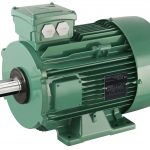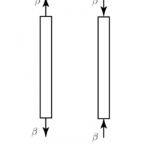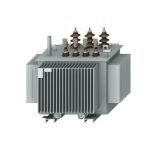In a magnetic field, a coil of wire that carries current experiences a force that causes rotation. This is the governing principle of electric motors, which scientists refer to as electromagnetism. In this article, you will learn the two directions of motor rotation, why getting the correct direction is important, and how to change it if wrong.
Directions of Motor Rotation
By design, an electric motor rotates either clockwise or counterclockwise, depending on the view end. Also, they can be set up to rotate in both directions (bi-directional motors). In any case, the standard direction of rotation is set when viewing the motor from the driven side. This coincides with the load location. Moreover, this is the recommendation that professionals should follow to ascertain the direction according to the International Electrotechnical Commission (IEC). Another popular convention in defining what end to view motor rotation is using “Opposite Pulley End” (OPE). In any event, the motor manufacturer clearly indicates the convention in use on the motor data plate.
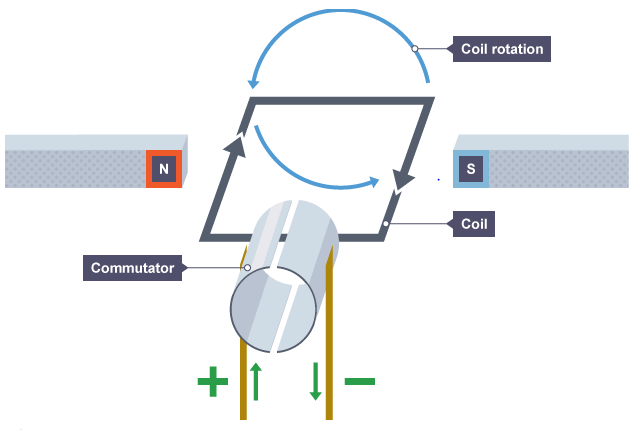
As seen in the above diagram, the current in the left side of the coil leads to a downward force. The right side leads to an upward force. As a result, the motor rotates counterclockwise in line with the direction of the forces. However, in a situation where the coil is vertical, its movement will be parallel to the magnetic field. Thus, it produces no force. However, the presence of the split-ring commutator, which changes the current direction every half turn, ensures that the rotation continues in the counterclockwise direction.
Relevance of Rotation Direction
In some applications, the direction of motor rotation is critical to maintaining high-level performance and ensuring the safety of the load. This holds particularly true for devices such as pumps and cooling fans, which have angle blades. Rotating such machinery in the wrong direction leads to poor performance and eventually catastrophic failure. Thus, it is critical for a client to detect the correct rotation direction after purchase or repair of equipment. Typically, an in-house technician performs this task using a motor rotation indicator. Professionals also refer to this device as a motor rotation meter or motor rotation tester.
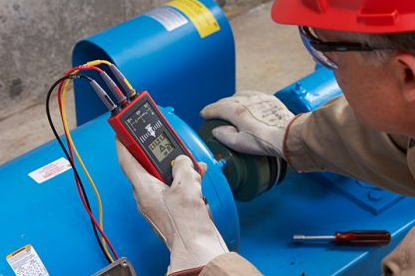
Some applications require bi-directional motors such as in factory automation, robotics, and others where there is a conversion from motor rotation to linear motion. Because the motor rotates in either direction to achieve various tasks, it is necessary for operators to keep track of the current direction of rotation. Motor rotation sensors in such applications enable continuous monitoring of the direction.
Reversing the Rotation Direction
If a customer finds that a motor’s direction of rotation is not suitable for an application, it is possible to reverse it. In the case of a single-phase capacitor motor, a reverse in the polarity of the starter winding leads changes the direction of rotation. A similar approach is valid for a three-phase motor. Where a reversal of any two of its stator leads will achieve a change in the rotation direction.
